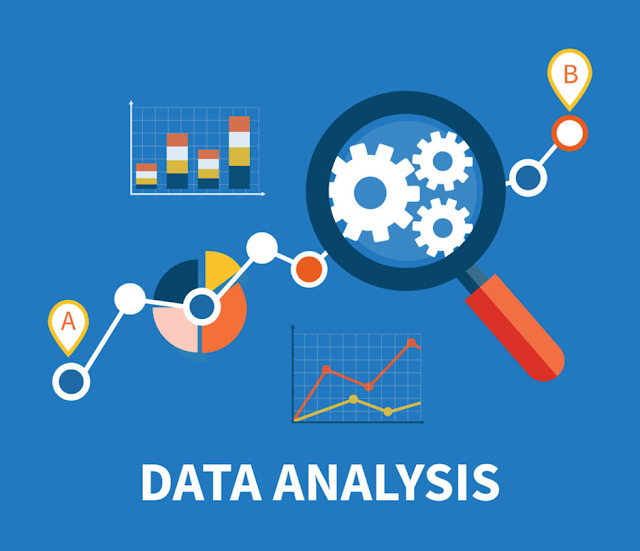Maintaining a Healthy Work-Life Balance

Maintaining a Healthy Work-Life Balance Introduction Work-life balance refers to the equilibrium between your professional and personal life. It’s about allocating time and energy to both work-related tasks and activities outside of work. Achieving a healthy balance can significantly impact your overall well-being, including physical, emotional, and mental health. Let’s explore some key aspects. What Is Work-Life Balance? Work-life balance involves managing the time you spend on your job versus the time you dedicate to personal interests, hobbies, and relationships. It’s not just about dividing your day into work hours and leisure hours; rather, it’s a dynamic negotiation based on your unique circumstances and priorities. Why Is Work-Life Balance Important? Maintaining a healthy work-life balance offers several benefits: ● ...





